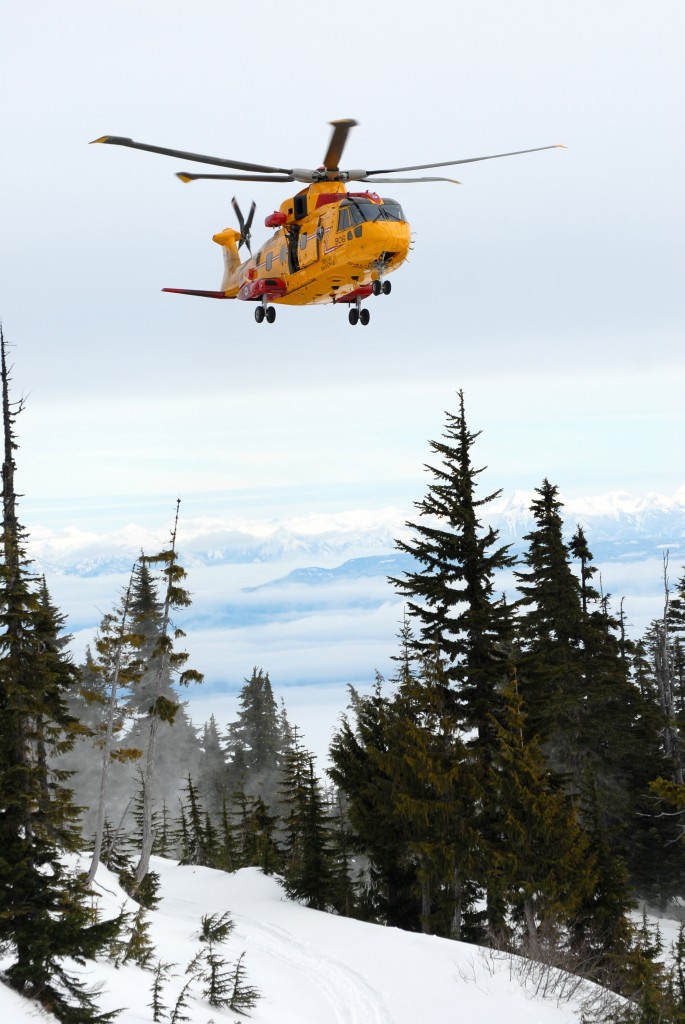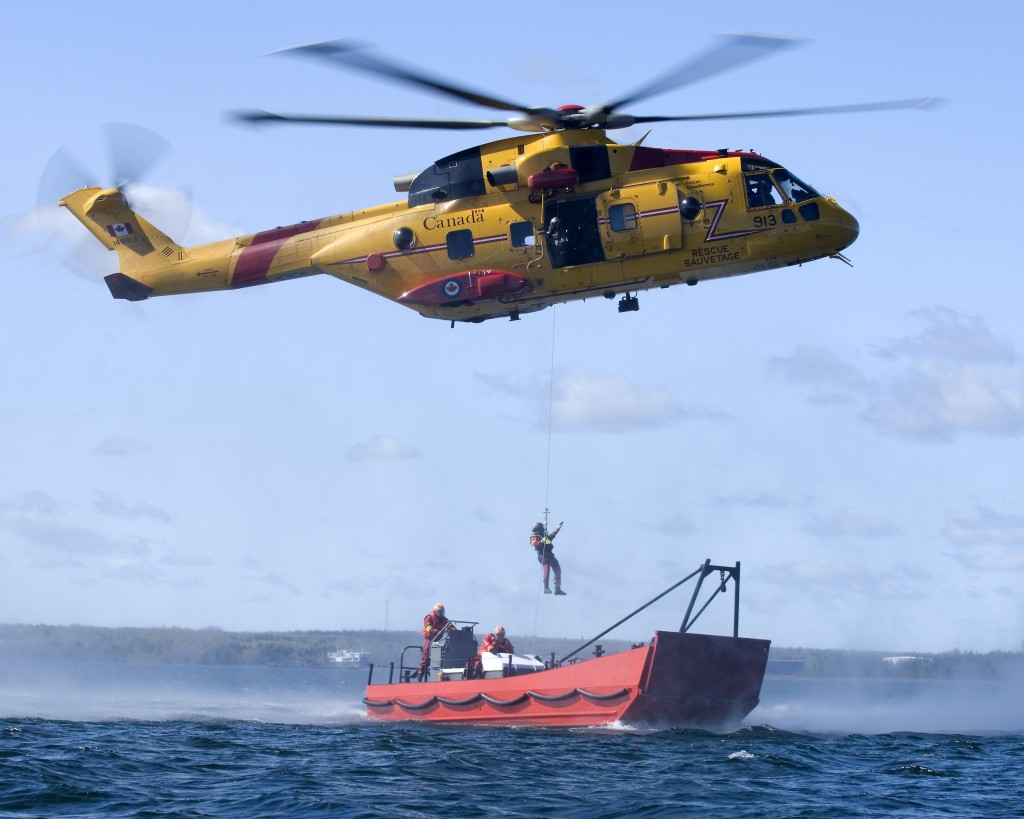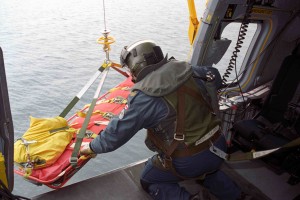First – look the dragon in the eye
Two weeks ago, a board I serve on was brave enough to look the dragon in the eye and see the truth: it was time to let our organization die with dignity. Despite her fading spirit, we were expending excessive energy keeping her alive. Before it faded too far, we needed to find a new home for her spirit, a place to serve what she longs to be today, without the substantial, gloomy baggage that has been bringing her down and holding back her potential for years.
The people closest to her heart, the board of directors, knew the status quo was no longer possible. We named the decision to celebrate her dignities and wind down her current ‘home’ so she could have a fresh start in the fullness of possibility. As we started to talk to others, in confidence, to figure out how to do this with the greatest of care, a colleague and friend tweeted the news out to the world. We were chucked under the bus, unable to get up when battered with accusations of misconduct and hate mail. Our ability to respond well to reasonable demands for information were lack-lustre. We weren’t ready because we were just figuring out how to handle the news ourselves. Everyone was hurting.
But let’s pause here for a moment . . .
The dynamics in play are bigger than the people involved, including me and my twitter friend. It is a cultural norm to do whatever is necessary to deny endings, and in doing so we refuse to see the possibilities that come with an ending. An ending does not have to be an end. It is only a catastrophic birth – a transition from one stable state of being to another stable state of being with a messy, awful feeling in the middle.
Assume for a moment my colleages and I were accurate in discerning a diagnosis of “terminal illness” for our organization (I’m always open to a second, informed opinion). As we reached our decision that day, we realized that we had been experiencing the stages of loss and grief (Elisabeth Kubler-Ross http://psychcentral.com/lib/the-5-stages-of-loss-and-grief/) humans feel when facing death in loved ones. Our love for our organization and the loss and grief of its end are no different:
- We denied the reality of the situation. We found endless reasons and means to keep her alive. We blocked out the facts.
- We were angry. We looked for other people to blame for our situation.
- We were bargaining. We looked for excuses, recognizing that if we had only (insert action here), we would be ok now.
- We were crying. We were sad and low, full of regret. We wished it didn’t come to this, wished we could have done a better job. We wished the facts didn’t say what they said.
- We accepted that death was inevitable. This wasn’t a matter of giving up, but rather choosing to be in a good relationship with our organization – and her membership – for her last days, enabling us to retrieve all her goodness to share with others. We no longer needed to know why, no longer needed an explanation.
This is what transition feels like, when we move from one reality to a new reality. A typical first reaction is that we don’t want change so we deny the transition is needed or we get angry. These are natural human reactions my colleagues and I recognized in ourselves, and we knew would be experienced by the members of our organization. This is exactly what happened after the tweet and the ‘diagnosis’ spread: demands for facts, new facts, better facts, precise facts; anger and fury and frustration; and even bargaining to find a way to keep her alive.
My sadness in this whole endeavour comes not in the death of the organization, because I accept that it is the right thing to do, but in our inability to tend and care for the people affected by the diagnosis. We did not have an opportunity to figure out how to do the ‘ending’ work with care. In an effort to make me feel better, a friend said to me, “the band-aid came off quick and at least the band-aid is off now.” My colleagues and I feel like someone swooped in an punched us in the face before pulling the band-aid off. Mostly, I feel bad that there was no opportunity to care for people, even to feed them the facts they were looking for. We had just reached the realization ourselves and it wasn’t as simple as, “the cancer has spread throughout your chest cavity and is inoperable.” It’s like the doctor’s friend took on sharing the doctor’s diagnosis because it seemed like the patient shouldn’t have to wait a day or two, even though the doctor had a role to gather the evidence in a way that would be helpful for the patient. It was the doctor’s information to share, not the friend’s.
Second – trial by dragon
I feel a dragon in my midst.
The ultimate dragon is within you, it is your ego clamping you down.
Jospeph Campbell
The dragon isn’t my friend, but rather the feeling of betrayal, swooping down on me each day, breathing hot fires of sickness and disappointment on me. Searing tears from a wound deep down in my soul come forth, rocking me, demanding a deeper-than-usual inquiry between my ego-self and my Higher Self. A Higher Self that is not from a ‘high’ place, but a deep place. I need new language to describe my Higher Self, but I’m struggling to find it. My Deeper Soul-Self?
… it’s not about what the dragon looks like; it’s about what the dragon activates inside of us that makes it so difficult to face.
Sera Beak
The metaphor, or symbol, of the dragon has shown up a few places this week, calling me to look at what is difficult for me to face inside me, not in the outside world. The friend that betrayed my confidence is a metaphorical dragon. What does the betrayal activate?
The important thing to remember about dragons is that they guard our buried treasure. When a dragon appears, it means gold is right behind it… if we have the courage to stand our ground and fully meet it.
It is Meeting time…
Sera Beak
Here’s the gold I met behind the dragon: the truth is I don’t believe I am good enough. Deep down, my ego-self believes I deserve to be taken out at the knees. Deep down, my ego-self believes I deserve to have 200 colleagues continue to kick me while I’m down.
The true betrayal is that I have betrayed myself.
We’re our own dragons as well as our own heroes, and we have to rescue ourselves from ourselves.
Tom Robbins
The betrayal has nothing to do with whether I was right or wrong when it came to ending an organization. That was right. The betrayal was my lack of confidence in trusting the decision we made, and feeling shaky about that decision in the face of powerful forces that work hard to keep change from happening, that keep improvements and evolution at bay. It was a much deeper betrayal.
It was a test of me, revealing that my ego-self does not trust my Higher Self, my inner authority, or my Deeper Self, my Soul Authority.
That is the power of the status quo – it works deep inside of me. Even when I feel I am immune to it, I am not. It is deeply at work, tricking me into feeling weak, tricking me into thinking that transition is not what I want. All along, it was lulling me into indifference, denial, anger, bargaining and tears. Then undermining even my acceptance of Me.
Wow.
The powerful force in the world that does not want change works on my ego as much as it works on others’ ego.
Third – receive fiery gifts
In unwrapping the betrayals I am experiencing, I have so far received 10 fiery gifts from the dragon’s mouth.
What I now understand about the world around me:
- There are unconscious energies running the show. Huge forces are at work, at every scale, to keep us where we are. They are all around us and all within us, at times healthy and at other times unhealthy.
- And they take whatever action necessary. The systems in which we work are attached to the status quo and will work hard against anything new that will cause upheaval. The systems, and the people in it, will go to great lengths to maintain the status quo.
- We spend vast amounts of human energy on denial and anger. We deny transition, often without even thinking about it. We hunker down in anger and join in mob-like defiance of realizations we don’t want to acknowledge. We are quick to fuel the status quo, often unconsciously, saying things we regret later. A friend and colleague was saddened by the sharp words he spoke in the emotion of the situation: “you should be ashamed of yourselves.”
- The words ‘this isn’t personal’ are code for ‘this is personal.’ When angry, we often say and think that our attacks on others are not personal, that we do not mean to hurt others. The truth is that the speaker is hurting and the words allow the speaker to deny the hurt within himself or herself. It is personal, just not where s/he thought. Transition hurts.
- Possibility for the new is more nourishing than the anger and denial that fuels the status quo. There’s a tipping point where serving the status quo, or some hybrid of it, takes more energy than switching gears to fuel a fresh start. But the myth of stability and the status quo will tell us this is not so, fuelling us with denial and anger and a misplaced investment of our energy. There is a point in the transition from the old to the new where there is more energy for the new possibility. The trick is in noticing when this happens.
- The birth of a new system is impersonally personal. Even though our reactions to change are personal – it hurts – the changes themselves are not personal. Perhaps it is the impersonal nature of the world around us that hurts us. The Universe is not conspiring to personally attack you or me, but it is sending us experiences from which to learn. Maybe it is personal; just not how we think it is.
What I now understand about me in the world:
- I am capable of listening to, and hearing, a great deal of anger aimed at me. While not fun, I am capable of sitting through hours of what a colleague named as a “public stoning.” I recognize hate mail as an expression of anger and denial – and hurt.
- My ego-self is hurting, but not all of me. The parts of me not hurt are able to listen to my ego-self and hear her story. My Higher Self and my Deeper Soul-Self are able to see the bigger picture and support and witness the agony of my ego-self.
- I do not need to ‘fight’ to make my ego-self feel better. I do not need to hunker down into anger and denial of my own feelings and fight back. That makes it impossible for others to begin to hear themselves.
- The friend is not the ‘enemy’. I am just as capable as others of making decisions that hurt other people. My twitter friend is as human as I am. The trust is gone, but not the human I know and recognize as part of a powerful game bigger than the decision to share confidential information. If I put my personal energy in conflict with the friend, I give my energy to the forces that demand the status quo and suck the life out of anything new.
From a short distance of time, I see that the essential kernel of truth is out there – that the status quo of our organization is no longer possible. While sad we were unable to share this realization in a healthy way, I trust that this is how it needed to happen. An effort is underway to renew life support, and perhaps this long absent cry for life will embolden her spirit, or, better yet, fuel the fresh start that is waiting for our energy.
My fresh start is elsewhere.
This is my next discernment.
Fourth – the catastrophe of birth
These words of Joseph Campbell – the catastrophe of birth – help me see that what feels catastrophic is a flag for transition in me. I am letting parts of me die off, and welcoming deeper, truer parts of me.
A calling may be postponed, avoided, intermittently missed. It may also posess you completely. Whatever; eventually it will out. It will make its claim. [It] will not go away.
James Hillman
I am engaging in extreme – but humane – self-inquiry, and I have a choice to make. Will I midwife myself into being more Me?
… there comes a point in your path where you need to fiercely embrace that which you are still in the process of becoming.
Sera Beak
There is a fiery Beth emerging. In dancing with dragons, she will shed her skin over and over again, renewing and regenerating, ever finding ways to live from and embody her Soul.
Every ending is a beginning.
The Ultimate ride for me isn’t about losing any part of my Self; rather, it’s about coming into conscious alignment with every part of my Self.
Sera Beak


